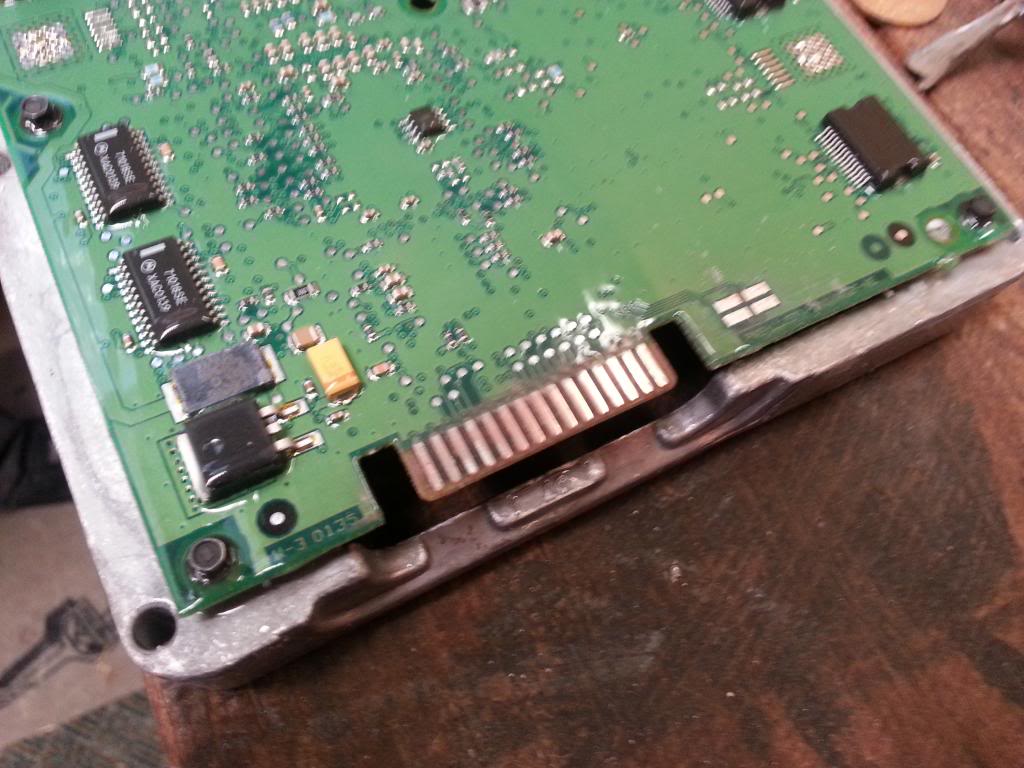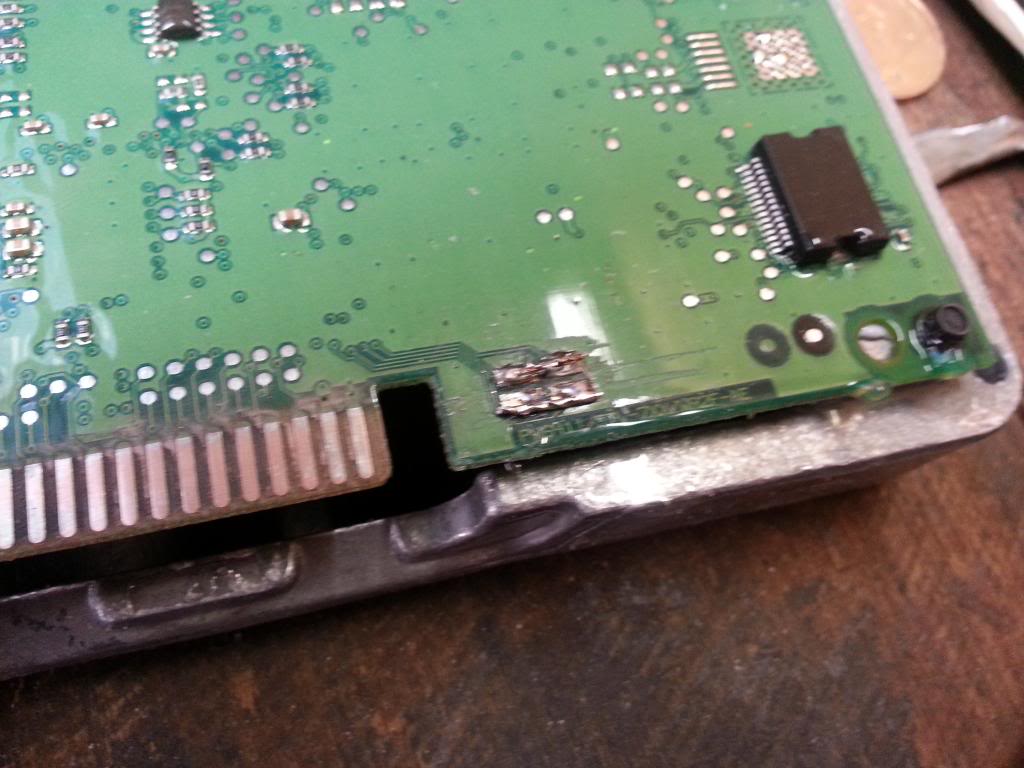Frequently Asked Questions - All FAQs

Binary Editor can be used to monitor an EEC analog signal input. These inputs typically have a range of 0-5 volts and therefore can be used to monitor a Wide Band Oxygen sensor, Boost gauge, Fuel pressure, etc. when the input signal is not be used by the EEC.
To utilize this feature select the “Transfer Functions” button on the datalog screen and choose a datalog TAG that you want to assign a transfer function to. Give the transfer function a name and define the values vs. voltages. Make sure the voltages are assigned in decending order.
A common example of using this feature is to utilize the Exhaust Gas Recirculation (EGR) valve position sensor input. Binary Editor gives the user the ability to turn the EGR logic off within the EEC. The scalar to disable the EGR has different names for different strategies therefore you will need to look for the correct parameter to set. Choose the datalog TAG parameter 'EVP' on the Transfer Functions screen and give it a name like ‘AFR’. Once the EGR is disabled the EEC still monitors the input signal but will do nothing with it. The only thing required is the hardware you want to monitor or log and the wiring to connect it to the EVP connector.
This EGR system is an emissions related component so it is NOT recommended to tamper with emissions components if you need to meet smog requirements.
Binary Editor also known as BE is a tool that allows you to calibrate and or log data from the Electronic Engine Control Computer (EEC). Some of the key features as listed below.
- Build and edit calibration files (aka tunes).
- Build and edit strategy files (aka definitions).
- Supports multiple hardware types ie Moates, TwEECer, SLC Pure Plus, Drew Technologies, McS1, ELM 327, ELM 320, Innovate LMx, PLX SM, Chrysler SCI (limited).
- Comparing of Calibrations
- Logging of key parameters in real time
- Update parameters while the engine is running
- Live table tracing
- Live table mapping
- MAF Auto Tuning
Log multiple hardware at the same time
EEC Analyzer (also refered to as EA) is a tool that can analyze data produced by most of todays common data loggers. See the supported data log formats below. EA can also log data and retrieve Diagnostic Trouble Codes (DTC) with the ELM320 Scan Tool or ELM327 Scan Tool. These scan tools are OBDII interfaces that allows the EEC Analyzer to log and monitor live data. EA can produce datalogs in CSV format when using Either of these two ELM scan tools.
- Moates Quarterhorse
- TwEECer RT ver 1.3
- TwEECer RT ver 1.2
- EASE
- SCT Raptor
- SCT Xcal2
- SnEEC
- Excel (with the proper column name format)
- CSV (with the proper column name format)
Before this can be answered we must describe the different types of licenses. There are two types of licenses available.
The first type of license is called a software license. This type of license is cheaper and is locked to one PC for life of the product. It can not be transferred to any other PC. It is cheaper because no hardware needs to be mailed to the customer. The biggest advantage of this type of license is that it can be emailed to the end user. This means the end user can be up and running very quickly.
The second type of license is called a hardware license also known as a USB license. This type of license uses a USB device that holds the license. This type is a little more expensive because of the cost of the USB device and the cost of the mailing of the device to the end user. This type of license also requires about 3-5 business days to get to the end user. The biggest advantage of this type of license is that it can be moved from one PC to another and is not PC dependent.
Which license is best for you is up to you. If you are a person that upgrades there PC often then the hardware license is for you. If you only plan to tune one vehicle and never touch it again then the software license maybe for you.
If you plan on using any of the J2534 devices such as the Drew Tech Mongoose or McS1 then you MUST use the hardware license. If you are using any of Core Tuning strategies then you MUST use the hardware license.
This is a common message if a FTDI device has never been plugged into the PC. Most of all of the Moates devices use a USB chip manufactured by FTDI. This chip requires that the proper drivers be installed on the PC. The reason this error message shows up is because BE will try to search the devices automatically. If the driver is not present for BE to ask if the devices are present then the error message will appear.
To correct this simply plug in the Moates device and let windows do its job and install the drivers. Windows will search the PC and the web for the correct driver. After windows is done BE will not show the message any more.


